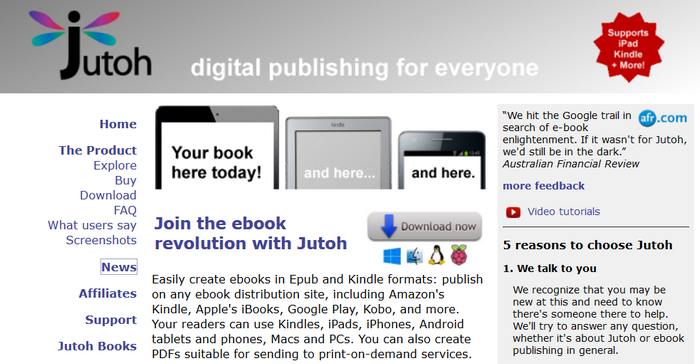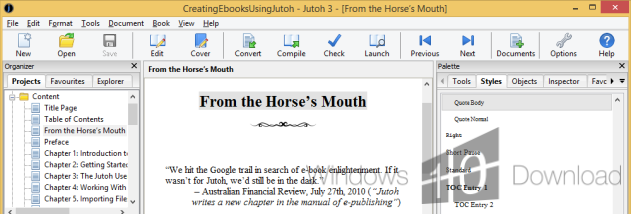

What we’re basically going to do is remember that these are layers, so pretend you’re building a Photoshop document if you’re familiar with that.
#Jutoh background image how to
Remember, right-clicking, I’m not sure on the MAC how that would be, but you MAC people already know how to do that kind of stuff. You’ve got some tools over here which will also be the same as if you’re right over here if you right-click.

It could be a blank page if you want to put a blank page in there. A spread means that the two pages are connected together. We can say this is a single left page, a right page. You’ll notice there’s not a whole bunch of fonts and objects and things like that. Let’s go to, and things are a little different. You can copy and paste, but that’s all other stuff that’s not really related to this. If you want to add them you right-click New Document. What you can do is go up here to View, and we want to say Organizer. You’ll notice that in my control panel I’m missing the actual chapters. Let’s make this a whopping four-page book just because it’s all the same once you get it down. We’ll just click that so we’ve got it 600 x 1024, and if you want to add a margin you can do that, but in this case we won’t. Those are points I believe is what he has them at. If you want to do an iPad specific book, you can do that.įor this I’m just going to do Kindle. We can go here to Page Templates and you can see Kindle Fire. Jutoh makes it nice to actually have different book styles for different devices. In this case we’re going to go to Fixed Layout. Normally, you just say Normal Reflowable Book. We saw that in the other videos I have, but for fixed layout I don’t bother. It’s automatically putting it where it needs to go. That was another client, but I’m going to erase this anyway. There’s only one slight change, so we’ll go up here to File, New Project. Somebody was asking me if you already know how to do projects and that, this will be nothing new. I’m going to go a little bit from scratch.

It can’t just be random wherever the flowable layout puts it, like half of an image on one page and half on the other. Many uses would be comic books, picture books, like I’m going to do here kids books that have a picture and then text underneath it, those type of things, where the picture needs to be exactly where it is in the book. I’ll show you an example of that when we’re done making this picture book.
#Jutoh background image software
The text and the picture go exactly where you put them, and they lose a lot of the flexibility on eReaders, There’s a lot of issues with file sizes, picture sizes, all that kind of stuff, and there’s no software that’s really able to deal with that since it’s controlled by the actual devices themselves. If you just have a picture in there and the picture’s not that important, it’s not a big deal to make a fixed layout book. The first thing you do is understand why you need a fixed layout book. If you’re interested in Jutoh, which if you are an author or a publisher, if you’re still doing it the old-fashioned way, you’re crazy. It’s been asked of me by several people so I decided to make a quick video for you. In this lesson I’m going to discuss how to create Kindle and EPUB fixed layout books using Jutoh. It will also be EPUBs for Barnes & Noble, iTunes, et cetera. Please see note at the bottom for an update.īy popular demand, this episode I’m going to show you how to create fixed layout eBooks in Jutoh.


 0 kommentar(er)
0 kommentar(er)
